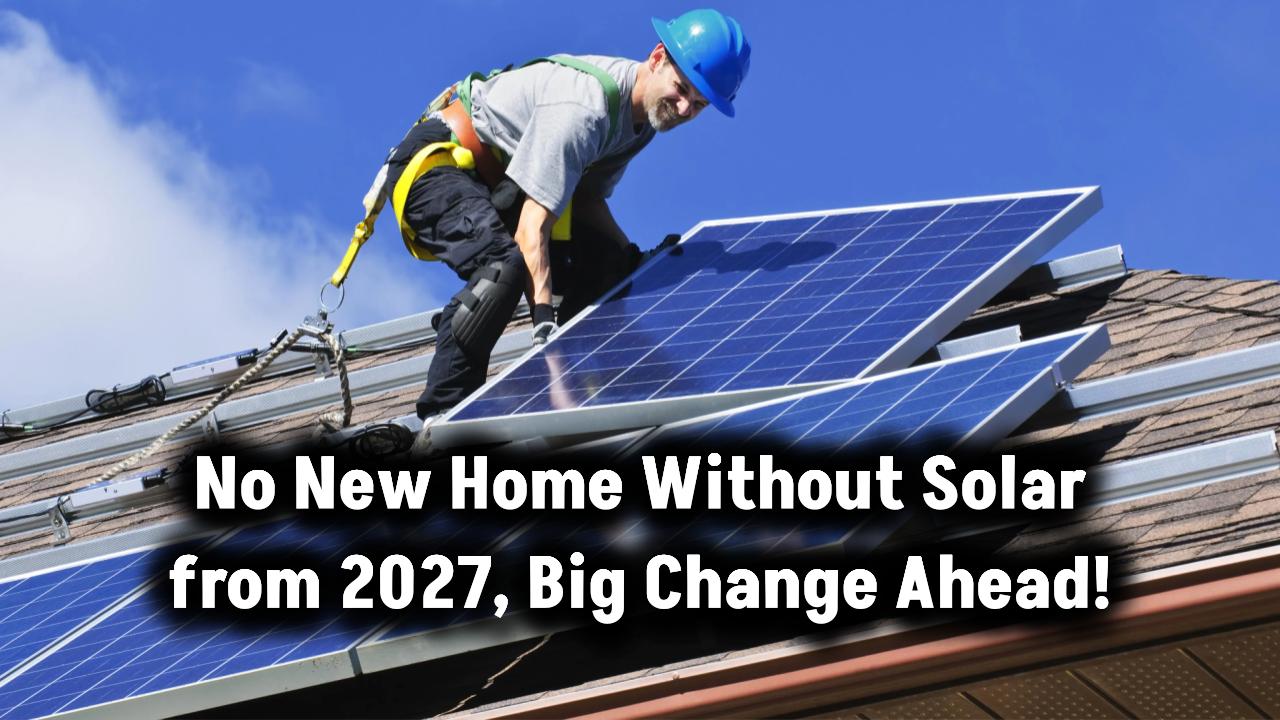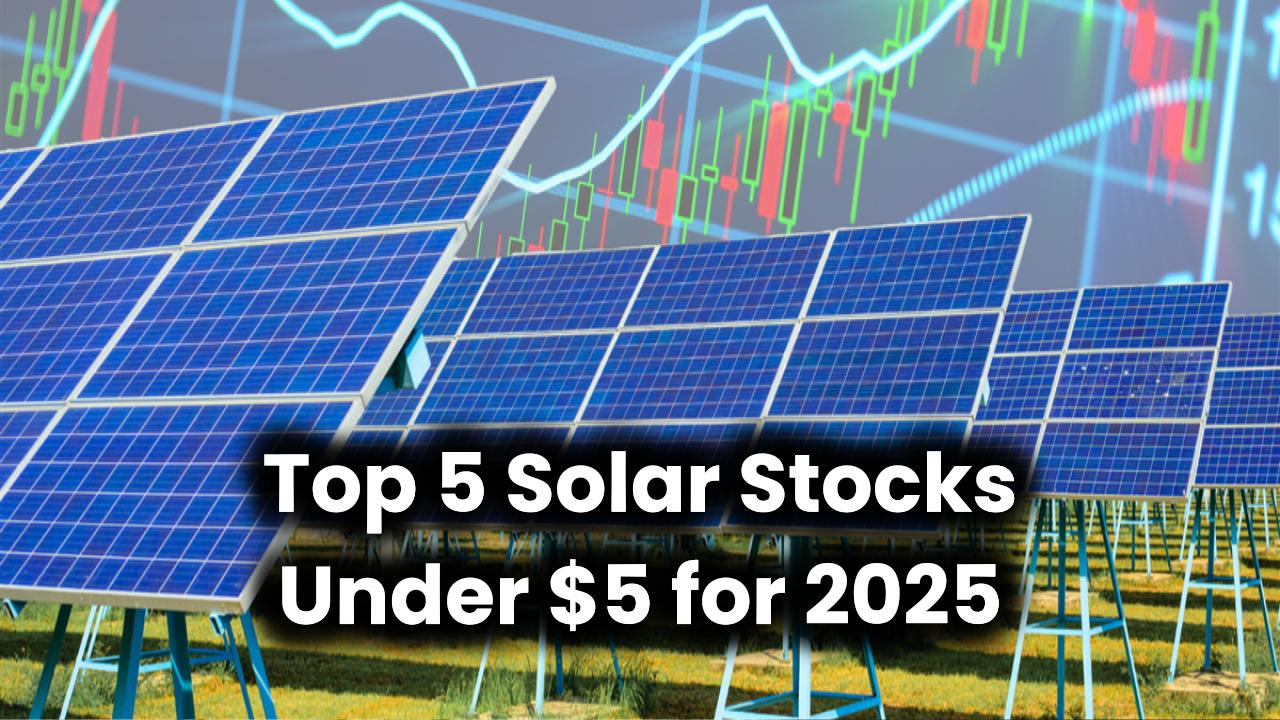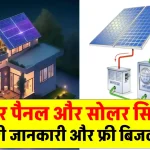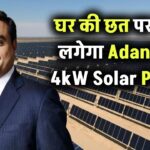
Solar energy just got a serious upgrade in 2025. With new solar panel efficiency breakthroughs, the dream of powering your home or business with clean energy is more affordable and achievable than ever. Whether you’re a homeowner curious about cutting energy bills or an investor eyeing the next big green tech, the solar space is heating up in all the right ways.
In this article, we break down the top 3 solar panel efficiency breakthroughs in 2025 that are changing the game for renewable energy. From next-gen materials to record-shattering cell performance, you’ll walk away with everything you need to know to stay ahead of the curve.
What Is Solar Panel Efficiency—and Why It Matters
Solar panel efficiency is how much sunlight your panel can convert into usable electricity. The higher the percentage, the more energy you get per square foot of panel. Traditional silicon solar panels generally top out around 22-23%, which is already impressive—but today’s breakthroughs are pushing well beyond that.
In 2025, a mix of material science, smart engineering, and ambitious global investment has led to new records in solar efficiency, which could make solar power:
- More affordable (fewer panels, lower installation costs)
- More compact (better suited for limited roof space)
- More efficient in varied climates (including hotter or cloudier regions)
Let’s unpack the three game-changing innovations leading this solar revolution.
1. Perovskite-Silicon Tandem Cells
Perovskites are a class of materials that are superstars at absorbing sunlight. When scientists stack them on top of traditional silicon cells, they create a tandem solar cell that uses two layers to catch more of the solar spectrum.
Why It’s Revolutionary:
- These tandem cells have reached 30% efficiency in lab settings.
- They use cheaper materials than conventional silicon panels.
- Flexible and lightweight formats are now possible, expanding applications.
One major player, Oxford PV, recently hit a 28.6% efficiency milestone in real-world testing, verified by the National Renewable Energy Laboratory (NREL). Researchers are now targeting mass production within the next two years.
“We’re not just aiming for efficiency; we’re aiming for commercial viability. And we’re almost there,” said Dr. Chris Case, CTO at Oxford PV.
2. LONGi Sets New Record with Hybrid Silicon Solar Cell
Chinese solar giant LONGi made headlines in early 2025 by announcing a world-record 27.81% efficiency for its hybrid interdigitated back contact (HIBC) silicon solar cells. This represents the highest recorded efficiency for a silicon-only solar cell.
What’s New About It:
- These cells use both front and back contact layers, reducing energy loss.
- They maintain excellent performance in low-light or cloudy conditions.
- The technology is scalable and ready for mass-market rollout.
This was confirmed by the Institute for Solar Energy Research Hamelin (ISFH) in Germany, making it a trusted benchmark.
3. Heterojunction (HJT) Modules
Heterojunction technology (HJT) combines crystalline silicon with ultra-thin layers of amorphous silicon. This helps the panel trap more light and reduce recombination losses—a fancy way of saying it uses sunlight better.
In 2025, Trina Solar announced it had achieved 25.44% module efficiency, setting a new record for commercial modules.
Benefits of HJT Technology:
- Performs better in hot climates, unlike traditional panels that lose efficiency.
- Longer lifespan, with minimal degradation over time.
- Great for residential and commercial installations.
This makes HJT a solid upgrade option if you’re installing panels in areas with high summer temperatures or if you want maximum ROI on your solar investment.
Why These Breakthroughs Matter for You
Even if you’re not a solar engineer, these updates are big news—and here’s why:
Homeowners:
- More efficient panels mean you need fewer of them to power your home.
- Expect faster payback periods and lower electricity bills.
Investors:
- These technologies signal where money is flowing in clean energy.
- Watch companies like LONGi, Trina Solar, and Oxford PV as their stocks could reflect this innovation boom.
Policy Makers and Planners:
- More efficient panels accelerate net-zero goals.
- Reduced land use means more energy with less environmental impact.
Practical Tips for Choosing Efficient Solar Panels in 2025
1. Look for Verified Efficiency Ratings
Check that panels are tested by third-party labs like NREL or TÜV Rheinland.
2. Compare Warranties
Efficient panels should last at least 25 years, with performance guarantees.
3. Ask About New Tech
Not all solar installers carry perovskite or HJT panels—yet. Ask about upcoming models or pre-orders if you’re building long-term.
4. Watch Out for Hype
Stick to certified products and check installation credentials. Efficiency claims without proof often mean trouble.
What’s Next for Solar Innovation
Solar tech is evolving rapidly. Here’s what we can expect going forward:
- Commercial-scale tandem panels rolling out in 2026–2027.
- Printable solar materials for windows and fabrics.
- Artificial intelligence optimizing solar arrays in real-time.
Experts agree that we’re entering a “Solar 3.0” era—one where affordability, adaptability, and efficiency are no longer trade-offs, but the new standard.
perovskite Solar Cells Explained: What They Are and Why They Could Revolutionize Solar Energy
Solar Skins: Can These Sleek Alternatives Replace Traditional Rooftop Panels?
FAQs
Q1: What is the most efficient solar panel available in 2025?
The most efficient lab-tested panel is a perovskite-silicon tandem cell hitting ~30%. Commercially available panels from LONGi (27.81%) and Trina (25.44%) lead the market.
Q2: Are these panels available for homeowners?
Not all of them yet. LONGi and Trina Solar models are entering the residential market in late 2025, while tandem cells may hit the shelves by 2026.
Q3: Are high-efficiency panels more expensive?
Yes, slightly—but because they generate more energy, they often pay for themselves faster.
Q4: Do I need to replace old panels to benefit?
Not necessarily. But if your panels are over 10–12 years old, a system upgrade might be worth the cost.








